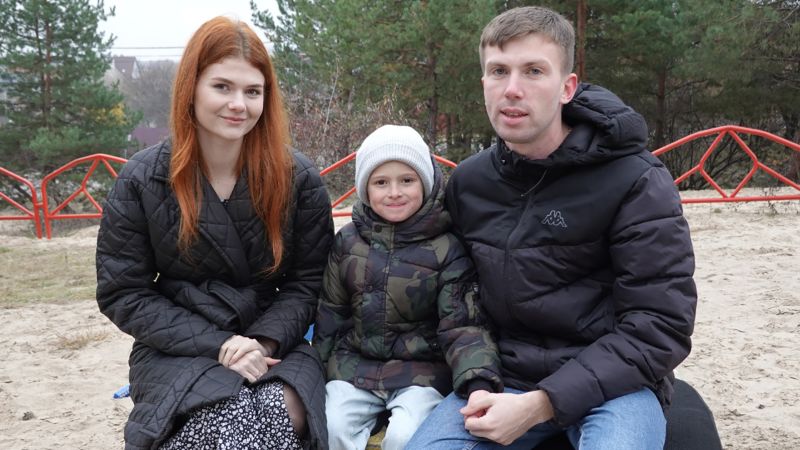The Marine Corps Warfighting Lab now has a force design and testing software tool developed by the same agency that designed the stealth bomber and an early Internet version.
The Defense Advanced Research Projects Agency recently announced that it is moving its prototype Resilient Operations Test Bench for Expeditionary Urban Scenarios, or PROTEUS, to the Marine Corps Warfighting Lab in Quantico, Virginia.
This was after DARPA launched the program in 2017 and completed a five-day test and demonstration with Marines from 1st Battalion, 2nd Marine Regiment, at Camp Lejeune, North Carolina, according to a statement from the DARPA.
“Using PROTEUS software, Marines were able to visualize and manipulate their electromagnetic footprint, apply logistics support automation, and obtain quantitative analyzes on the effectiveness of force sets and tactics in real time,” John Paschkewitz, manager from the PROTEUS program to DARPA’s strategic technology office. , said in the statement.
While still at DARPA, the PROTEUS program was used by Marine Corps leadership to refine some of their Marine Corps’ Force Design 2030 ideas. Force design experiments and simulations have and continue to inform major decisions regarding the structure and functions of the Marine Corps.
In 2020, this meant getting rid of tanks and tankers from the ranks as well as starting a large-scale switch from conventional tube artillery to more numerous rocket artillery systems such as the high artillery rocket system. mobility.
In May, the Marine Corps Times covered the grand opening of a state-of-the-art Wargaming Center in Quantico, Va., Which is slated to open by mid-2023.
At this event, Lt. Gen. Eric Smith said the center will use advanced software and experts in wargaming and naval programs to decide on the best unit mix and equipment they will use in the future fights.
“It’s like we’re bracketing it,†Smith told the Marine Corps Times. “We’re not saying, how far away is the target? We’re saying the target is between 4,000 and 4,500 yards… that’s what this center does.
Bracketing is a technique often used with indirect fire such as mortars or artillery guns to determine the distance to a target. A shooter will fire the projectile both before and after the target, then know the distance the target is – between the two shots.
In an invisible but vital way, the Marines were also able to execute conceptual work for force design through the PROTEUS program that would test these concepts in 2017, before the center was no more than an objective for the Corps.
Paschkewitz said the tool allows developers, planners and executives to examine how to deploy assets that emit an electromagnetic signal and what is possible at the platoon, company and battalion level.
The PROTEUS program has three components:
1 – A virtual test environment that serves as a sort of multi-domain tactical “sandbox†for experiments and analyzes at all levels. This synthetic environment is called ULTRA.
“Building the insight and judgment of a commander is motivated by the fact that there is a living adversary,†Paschkewitz said. “We built ULTRA around this concept from day one. It is not AI versus AI, or human versus AI, there is rather always a Marine against an ADFOR (opposing force), it is another Marine, generally, forcing the commander to adapt tactics, techniques and procedures (TTP) and innovate in mission speed. “
This allows commanders to immerse themselves in a simulated future conflict. Then they can deploy whatever capabilities they have or future capabilities, not yet developed, to see what works best.
“Commanders can hone their skills on the battlefield, while training their subordinates in job skills, providing a cohesive unit capable of performing more effectively,†said Ryan Reeder, director of models and simulation, Marine Corps War Lab Experiments Division.
The system also generates data on the leader’s critical decision in key “sticking points” in the scenarios, Reeder said.
Once those scenarios are rolled out, they can use an NFL-style replay and revisit the decisions, showing the effect of those decisions, he said.
PROTEUS’s ULTRA section displays urban areas in three dimensions, using the less than 1000ft view of drones equipped with mapping cameras.
/cloudfront-us-east-1.images.arcpublishing.com/mco/KSEJTUAMGNFNBA5OCZRS535G6Y.jpg)
2. The dynamic composition engine known as COMPOSER includes software that can automate the loading and planning of equipment to develop commanders’ plans and the type of logistical support needed to perform this set of missions.
COMPOSER will also use electromagnetic spectrum mining tools to provide information on EM signature risk, communication assets and network configuration.
“Without EMSO and logistics assistants, it is difficult to coordinate and execute multi-domain operations effectively,†Paschkewitz said. “Marines can easily coordinate direct and indirect fire, but coordinating those with spectrum operations while providing unmanned logistical support is a challenge. These tools allow Marines to focus on the art of warfare, and automation manages the science of warfare.
3. The Parametric Data Service loads and updates model maps and other items that keep the first two components, ULTRA and COMPOSER, relevant and ready. It uses specifications for everything from radio range and vehicle capabilities to weapon ranges and effects.
“The portability of the PROTEUS kit has been essential in getting us to where the Marines are training,†Paschkewitz said. “It was great to see a Marine Communication or Radio Battalion sit next to an infantryman on PROTEUS computers and be able to understand each other, plan and execute in innovative ways.”
By bringing these tools together, Reeder said, users can perform virtual integration into early experiences of tactics, techniques, and procedures before the first live experimentation begins. This can reduce risk, cost and time.
 Christ Yoder
Christ Yoder
/cloudfront-us-east-1.images.arcpublishing.com/gray/ODYKQRO5GRGJREMXBZNK5UFIX4.jpg)


